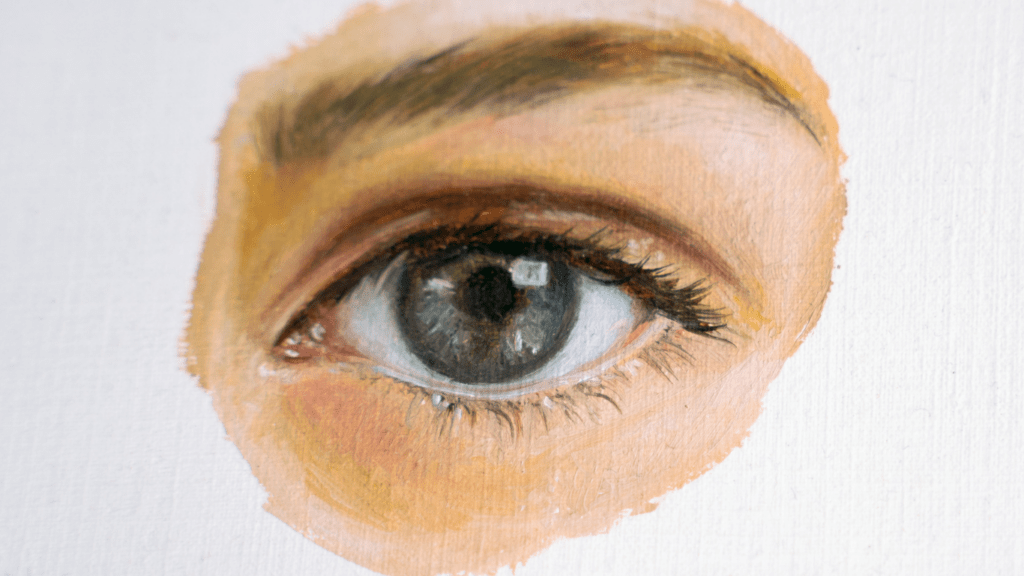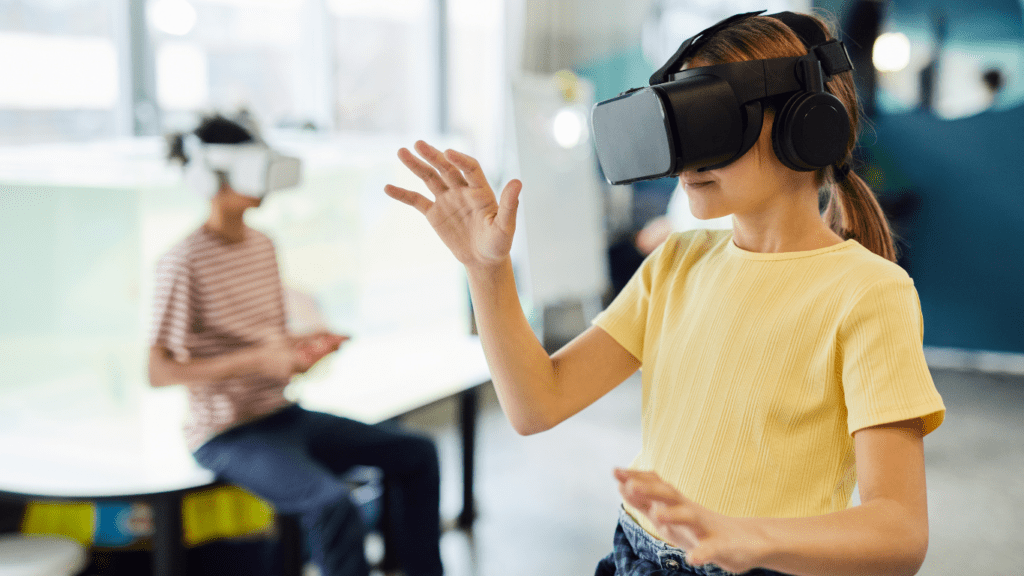Evolution of 3D Art
3D art has undergone significant changes since its inception. Early computer graphics in the 1960s used basic wireframe models. These simple representations laid the groundwork for future innovations. In the 1980s, 3D modeling advanced with the introduction of more sophisticated software. Autodesk’s AutoCAD released in 1982, set new standards in the industry, allowing detailed technical drawings.
The 1990s saw the emergence of 3D animation in movies and video games. Pixar’s “Toy Story” in 1995 showcased the potential of digital animation, revolutionizing the film industry. Games like “Tomb Raider” used 3D models to create immersive environments, pushing the boundaries of interactive entertainment.
In the 2000s, advancements in hardware and software made 3D art more accessible. Affordable graphics cards and user-friendly modeling software empowered independent artists. Programs like Blender, released in 2002, opened doors for hobbyists and professionals alike.
Today’s 3D art leverages cutting-edge technologies like virtual reality, augmented reality, and AI-driven tools. Applications such as ZBrush and Autodesk Maya offer unparalleled features for digital sculpting. The continuous evolution of these tools shapes how artists create, pushing creative boundaries further than ever before. From intricate character designs to lifelike environments, 3D art continues to evolve, driven by technological innovation and artistic ingenuity.
Key Technologies in Digital Sculpting
Digital sculpting’s evolution owes much to groundbreaking software and hardware advancements, transforming the art landscape.
Software Advances
Software drives digital sculpting progress. Applications like ZBrush, Autodesk Maya, and Blender dominate the field. ZBrush offers advanced modeling tools. Artists sculpt with DynaMesh for high-resolution models. Autodesk Maya excels in animation. Its robust toolset supports complex character rigging and realistic rendering. Blender, an open-source option, boasts extensive features. Its sculpting, animation, and VFX tools are cost-effective. Substance Painter adds detail. It enhances textures, making lifelike surfaces. These software innovations empower artists, simplifying intricate designs.
Hardware Innovations
Hardware fuels sculpting performance. Graphics cards, like NVIDIA’s GeForce RTX series, handle complex computations. They ensure smooth, lag-free modeling. Processors, such as Intel Core i9, enhance rendering speeds. Faster CPUs enable real-time edits. VR headsets revolutionize the experience. Devices like Oculus Rift offer immersive sculpting environments. Artists manipulate models naturally. Pressure-sensitive tablets, like Wacom Cintiq, provide precision. They simulate traditional sculpting with digital flexibility. This hardware synergy boosts efficiency, enabling detailed artistry.
Notable Artists and Their Contributions
The evolution of 3D art owes much to the visionaries who’ve pioneered and mastered digital sculpting. These artists have pushed boundaries, creating intricate and lifelike digital sculptures that inspire others.
Pioneers in Digital Sculpting
Pioneers in digital sculpting such as Ken Perlin and John Lasseter have laid the groundwork. Ken Perlin created Perlin noise, a groundbreaking algorithm that’s crucial for generating realistic textures in 3D graphics. John Lasseter, known for his directorial role at Pixar, revolutionized 3D animation with films like “Toy Story”. Their innovations formed the bedrock of modern digital sculpting.
Another key figure, Ed Catmull, co-founder of Pixar, developed algorithms for surface rendering and the z-buffer, crucial technologies for 3D animation and graphics. Catmull’s work transformed how 3D surfaces get rendered in films and video games.
Contemporary Masters
Contemporary masters like Scott Eaton and Simon Lee push digital sculpting into new realms.
- Scott Eaton, a leader in digital anatomy, merges art and science using tools like ZBrush to create hyper-realistic human figures. His work highlights both technical skill and anatomical precision.
- Simon Lee, known for his imaginative monster designs, uses platforms such as ZBrush and Autodesk Maya to bring fantasy creatures to life. His dynamic sculptures emphasize creativity and technical excellence.
- Rafael Grassetti, a notable digital artist, contributes his talent to blockbuster video games like “God of War”. Grassetti’s ability to sculpt lifelike characters using digital tools sets industry standards.
Through their groundbreaking work, these pioneers and masters have shaped the landscape of 3D art, inspiring current and future generations of digital sculptors.
Applications of 3D Art

3D art’s versatility drives its rapid adoption across diverse fields. Its applications are both groundbreaking and increasingly widespread.
Entertainment Industry
The entertainment industry leverages 3D art to create captivating visual experiences. 3D animation drives major film productions, with blockbuster movies regularly featuring intricate digital characters and environments. Video game designers use 3D modeling and sculpting tools to build immersive game worlds. An example is “The Last of Us Part II,” which showcases lifelike character models and environments thanks to advanced 3D sculpting.
Medical and Engineering Fields
Medical advancements rely on 3D art for detailed anatomical models, aiding in both education and surgical planning. Surgeons use 3D-printed organs for practice, enhancing precision during actual procedures. Engineering benefits from 3D art through prototyping. Engineers create detailed components digitally before physical production, optimizing design and functionality. Boeing engineers, for instance, design aircraft parts using 3D modeling to ensure precision and efficiency in manufacturing.
Challenges and Future Directions
The rise of 3D art faces both significant challenges and potential future directions. Navigating these obstacles and opportunities will shape the continued evolution of digital sculpting.
Technical Hurdles
3D artists encounter numerous technical hurdles. Limited computational resources constrain complex modeling. Even with advanced hardware, processing high polygon counts and detailed textures requires significant power. Software learning curves pose another challenge. Applications like ZBrush and Autodesk Maya offer extensive capabilities but demand time to master. Compatibility issues also arise when integrating various software and hardware components. Different systems often lack seamless interoperability, slowing workflow efficiency.
Emerging Trends
- Several emerging trends promise to revolutionize 3D art. Artificial intelligence is one such trend.
- AI-driven tools streamline tasks like texture creation and object placement, boosting productivity.
- Virtual reality is another transformative trend. VR enables immersive sculpting environments, offering artists unprecedented creative control.
- Cloud computing further enhances collaboration. Cloud-based platforms allow artists to work together in real-time from any location, facilitating shared projects.
- Finally, advancements in haptic feedback technologies add tactile sensations to digital sculpting, bridging the gap between physical and digital mediums.
These evolving trends and tackling existing hurdles will define the future trajectory of 3D art, making it an exciting field to watch.





